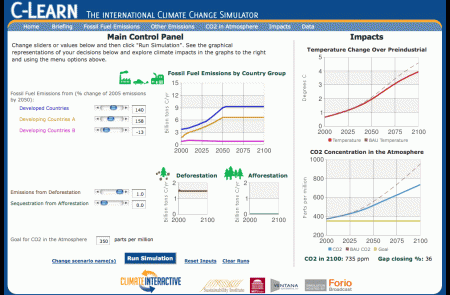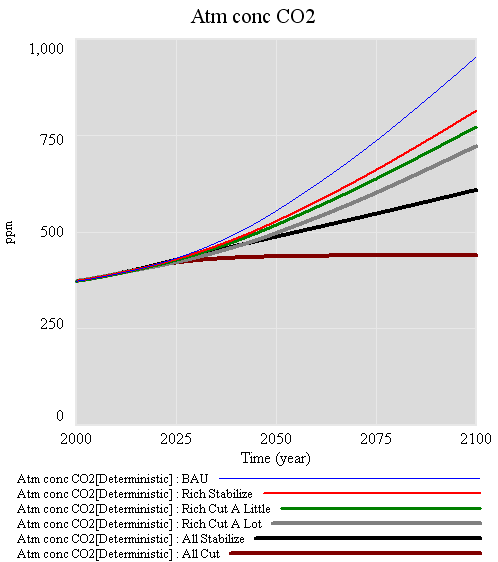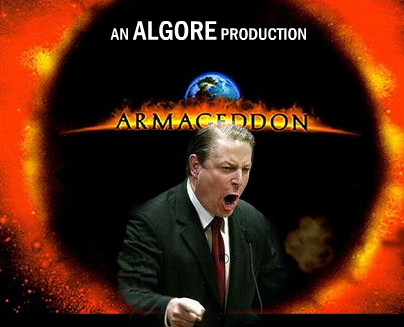I ran across this gem in the text of Waxman Markey (HR 2454):
(e) Trade-vulnerable Industries-
(1) IN GENERAL- The Administrator shall allocate emission allowances to energy-intensive, trade-exposed entities, to be distributed in accordance with section 765, in the following amounts:
(A) For vintage years 2012 and 2013, up to 2.0 percent of the emission allowances established for each year under section 721(a).
(B) For vintage year 2014, up to 15 percent of the emission allowances established for that year under section 721(a).
(C) For vintage year 2015, up to the product of–
(i) the amount specified in paragraph (2); multiplied by
(ii) the quantity of emission allowances established for 2015 under section 721(a) divided by the quantity of emission allowances established for 2014 under section 721(a).
(D) For vintage year 2016, up to the product of–
(i) the amount specified in paragraph (3); multiplied by
(ii) the quantity of emission allowances established for 2015 under section 721(a) divided by the quantity of emission allowances established for 2014 under section 721(a).
(E) For vintage years 2017 through 2025, up to the product of–
(i) the amount specified in paragraph (4); multiplied by
(ii) the quantity of emission allowances established for that year under section 721(a) divided by the quantity of emission allowances established for 2016 under section 721(a).
(F) For vintage years 2026 through 2050, up to the product of the amount specified in paragraph (4)–
(i) multiplied by the quantity of emission allowances established for the applicable year during 2026 through 2050 under section 721(a) divided by the quantity of emission allowances established for 2016 under section 721(a); and
(ii) multiplied by a factor that shall equal 90 percent for 2026 and decline 10 percent for each year thereafter until reaching zero, except that, if the President modifies a percentage for a year under subparagraph (A) of section 767(c)(3), the highest percentage the President applies for any sector under that subparagraph for that year (not exceeding 100 percent) shall be used for that year instead of the factor otherwise specified in this clause.
What we have here is really a little dynamic model, which can be written down in 4 or 5 lines. The intent is apparently to stabilize the absolute magnitude of the allocation to trade-vulnerable industries. In order to do that, the allocation share has to rise over time, as the total allowances issued falls. After 2026, there’s a 10%-per-year phaseout, but that’s offset by the continued upward pressure on share from the decline in allowances, so the net phaseout rate is about 5%/year, I think. Oops: Actually, I think now that it’s the other way around … from 2017-2025, the formula decreases the share of allowances allocated at the same rate as the absolute allowance allocation declines. Thereafter, it’s that rate plus 10%. There is no obvious rationale for this strange method.
Seems to me that if legislators want to create formulas this complicated, they ought to simply write out the equations (with units) in the text of the bill. Otherwise, natural language hopelessly obscures the structure and no ordinary human can participate effectively in the process. But perhaps that’s part of the attraction?




